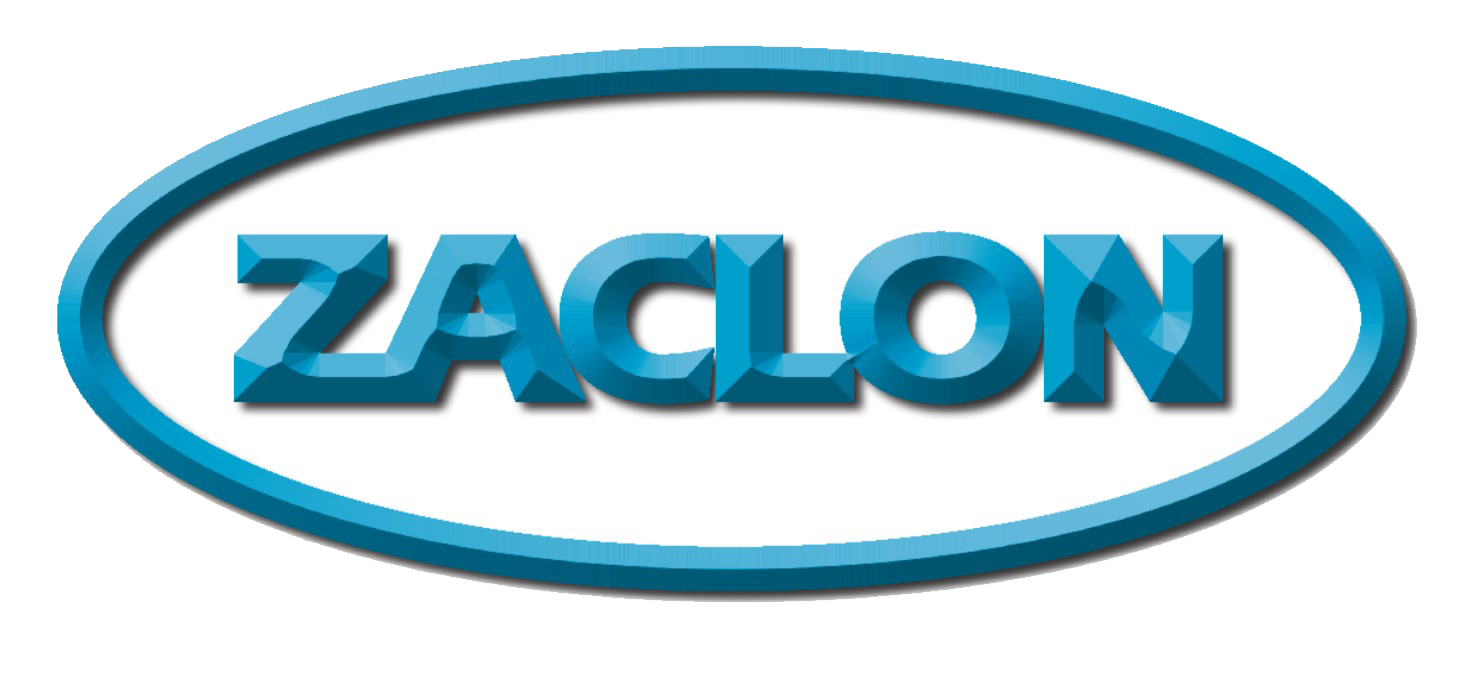Galvanizing 105
Robert M. Woods
SO how do we clean parts if we don’t want to use (or only use) mechanical cleaning, or anything but spot-treat with solvent cleaners?
Using dip tanks with either sodium hydroxide (aka caustic or an alkaline degreaser) or phosphoric or other acid (acid degreaser) are the two most common cleaning solutions for North American galvanizers. We’ll talk a bit about alkaline degreasing here, and acid degreasing next time.
Alkaline/Caustic Degreasing
Caustic is used interchangeably with sodium hydroxide, the primary component in these types of cleaners. The high pH (highly alkaline) solution can react with many oils and greases, particularly natural oils, and since it typically is heated to 135 F or more, the bath is more generally active.
Caustic is typically kept at about 10% concentration, by adding fresh caustic solution (50%) or the pellet-form solid. The strong alkaline nature of this bath does make it more hazardous chemically than most of the other tanks in a galvanizer, and with the heat needed to make it effective the hazard does increase.
By itself, the caustic bath is not great at lifting or dispersing the crud from the steel; it needs some form of “boost” to make it most effective. Soprin’s SB Clean additive both boosts this cleaning power, and also allows the tank to be made safer---110 F instead of 130 plus, and even better, it works best at 3% concentration! (To find out more about this product, please contact me or your Zaclon Marketing Manager.)
With the boosted caustic, the tank will clean a wide range of soils, making for more efficient processing before the galvanizing kettle. Boosted or not, it does require a rinse tank—carryover from any caustic can damage or even disable the effectiveness of a pickle tank by neutralizing the acid.

